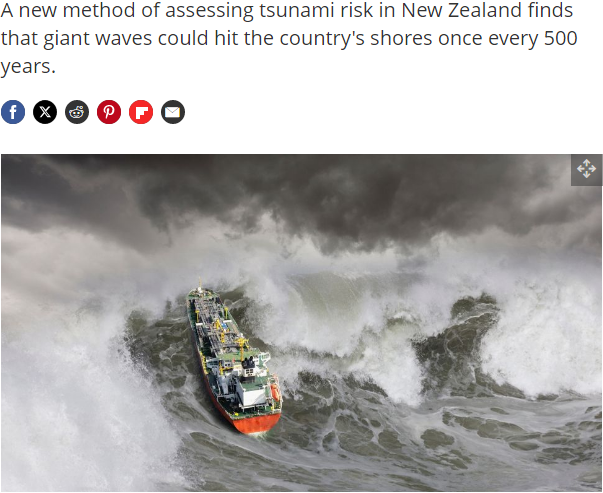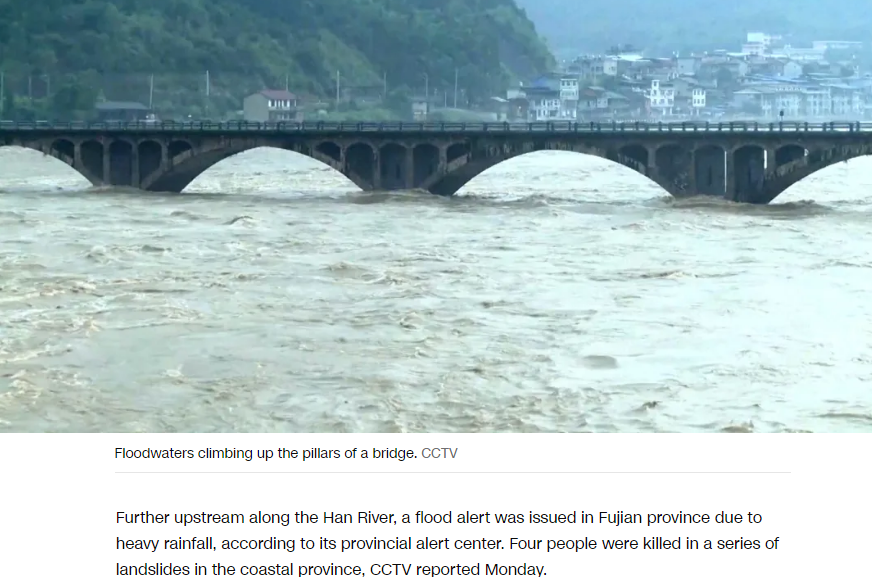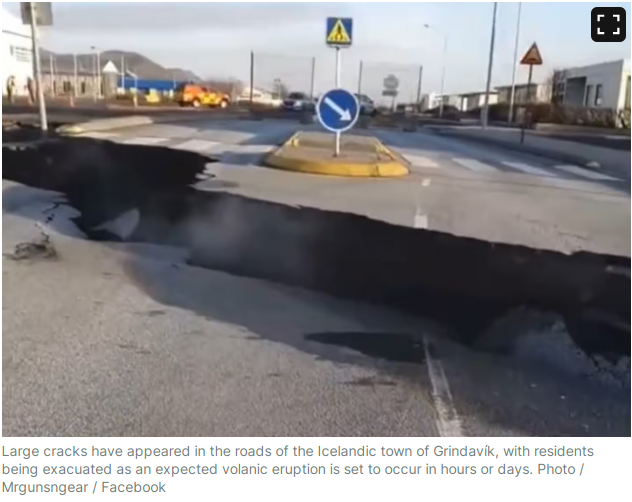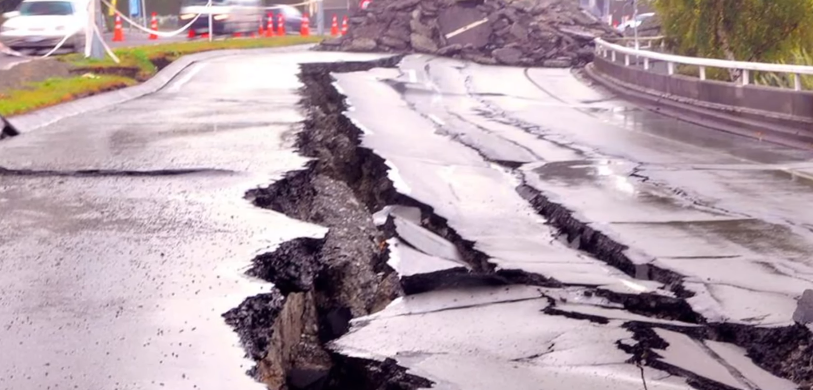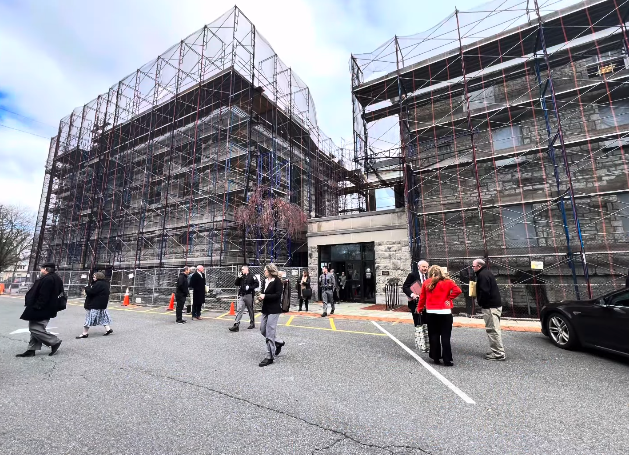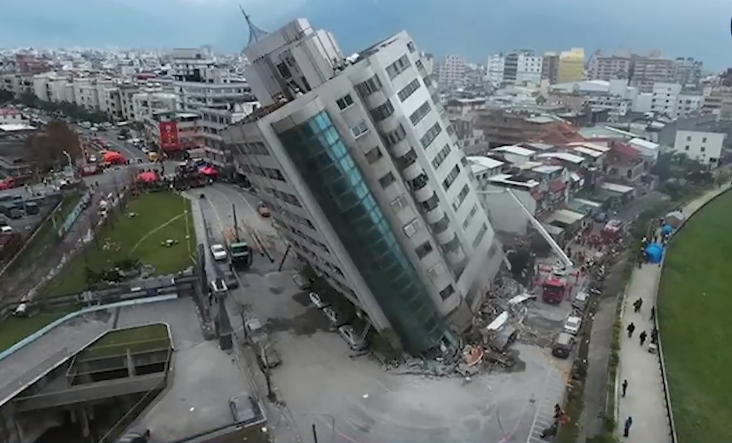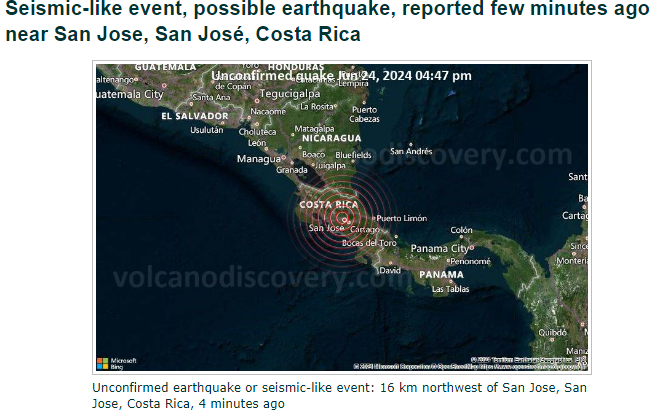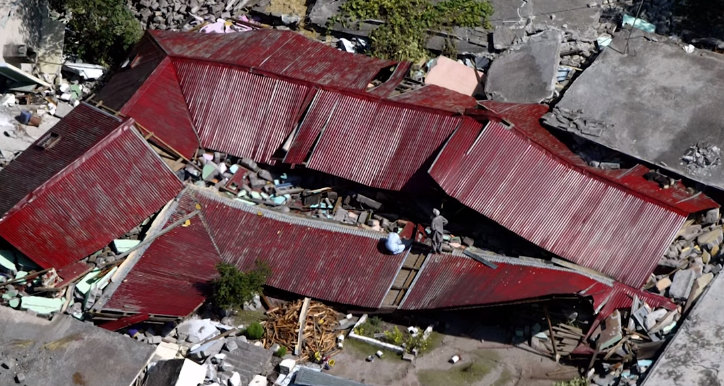| Date and Time | Magnitude | Depth | Location |
|---|---|---|---|
| 2024-06-19 | 4.2 | 10 km | Western and Central Jamaica |
| 2024-05-02 | 4.0 | 10 km | Buff Bay, Portland, Jamaica |
| 2023-11-28 | 3.8 | 14 km | Hope Bay, Portland, Jamaica |
| 2023-10-30 | 5.4 | 10 km | Hope Bay, Portland, Jamaica |
| 2023-09-23 | 3.0 | 10 km | Hope Bay, Portland, Jamaica |
| 2023-09-22 | 4.3 | 10 km | Buff Bay, Portland, Jamaica |
| 2023-04-15 | 4.6 | 10 km | Seaforth, Saint Thomas, Jamaica |
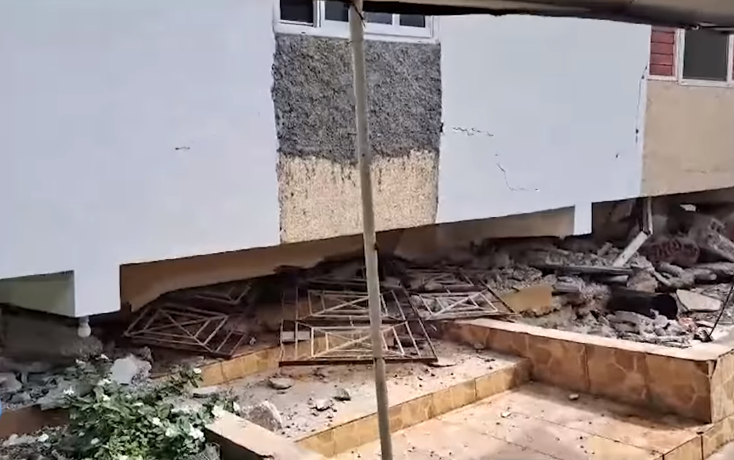
On June 19, 2024, western and central Jamaica were shaken by a 4.2 magnitude earthquake. This event is part of a larger pattern of seismic activity in the region, with Jamaica experiencing a total of 23 earthquakes in the past 365 days, including one in the past 24 hours and one in the past 7 days.
The largest earthquake in Jamaica since 2023 was a 5.4 magnitude quake that occurred in Hope Bay, Portland, on October 30, 2023. This event was widely felt in the area, highlighting the potential for significant seismic activity in the region.
Preparedness and Response
In light of this ongoing seismic activity, various stakeholders in Jamaica are taking steps to increase preparedness and emergency response capabilities. The Kingston and St. Andrew Municipal Corporation (KSAMC) is staging earthquake simulations across the municipality, aiming to enhance preparedness and response among various stakeholders.
Additionally, the Jamaica Social Investment Fund (JSIF) has provided $83-million worth of equipment to the Earthquake Unit at the University of West Indies (UWI), Mona. This investment is expected to strengthen the unit’s ability to monitor and respond to seismic events.
Understanding Seismic Risk
Jamaica’s seismic risk is influenced by its location on the Caribbean Plate, which is subject to tectonic forces that can generate earthquakes. A recent study suggests that the complete rupture of a recently discovered fault line in the Kingston Harbour could generate a 5.8 to 6.9 magnitude earthquake, potentially having serious implications for the capital city located less than five kilometers away.
Despite the potential for significant seismic activity, Jamaica experiences relatively few earthquakes, with most being very small (below magnitude 3). However, larger quakes with magnitudes above 3 do occur from time to time, with an average of 5.7 quakes per year since 1900. Jamaica has also experienced at least four quakes above magnitude 6 since 1900, suggesting that larger earthquakes of this size occur infrequently, probably on average approximately every 30 to 35 years.
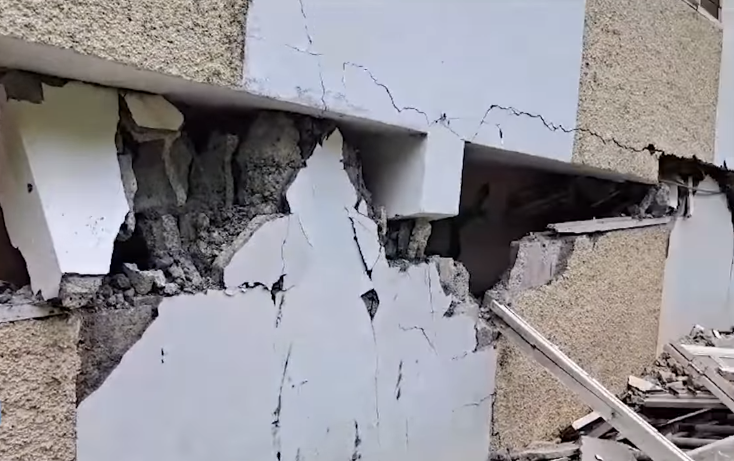
Staying Informed and Prepared
To stay informed about earthquakes in Jamaica, you can consult resources like the Earthquake Unit at the University of West Indies (UWI), Mona, and the Jamaica Social Investment Fund (JSIF). These organizations provide valuable information and resources to help individuals and communities better understand and prepare for seismic risks in Jamaica.
By staying informed and taking proactive steps to prepare for earthquakes, Jamaicans can help mitigate the potential impacts of these natural events and ensure the safety and well-being of their communities.

